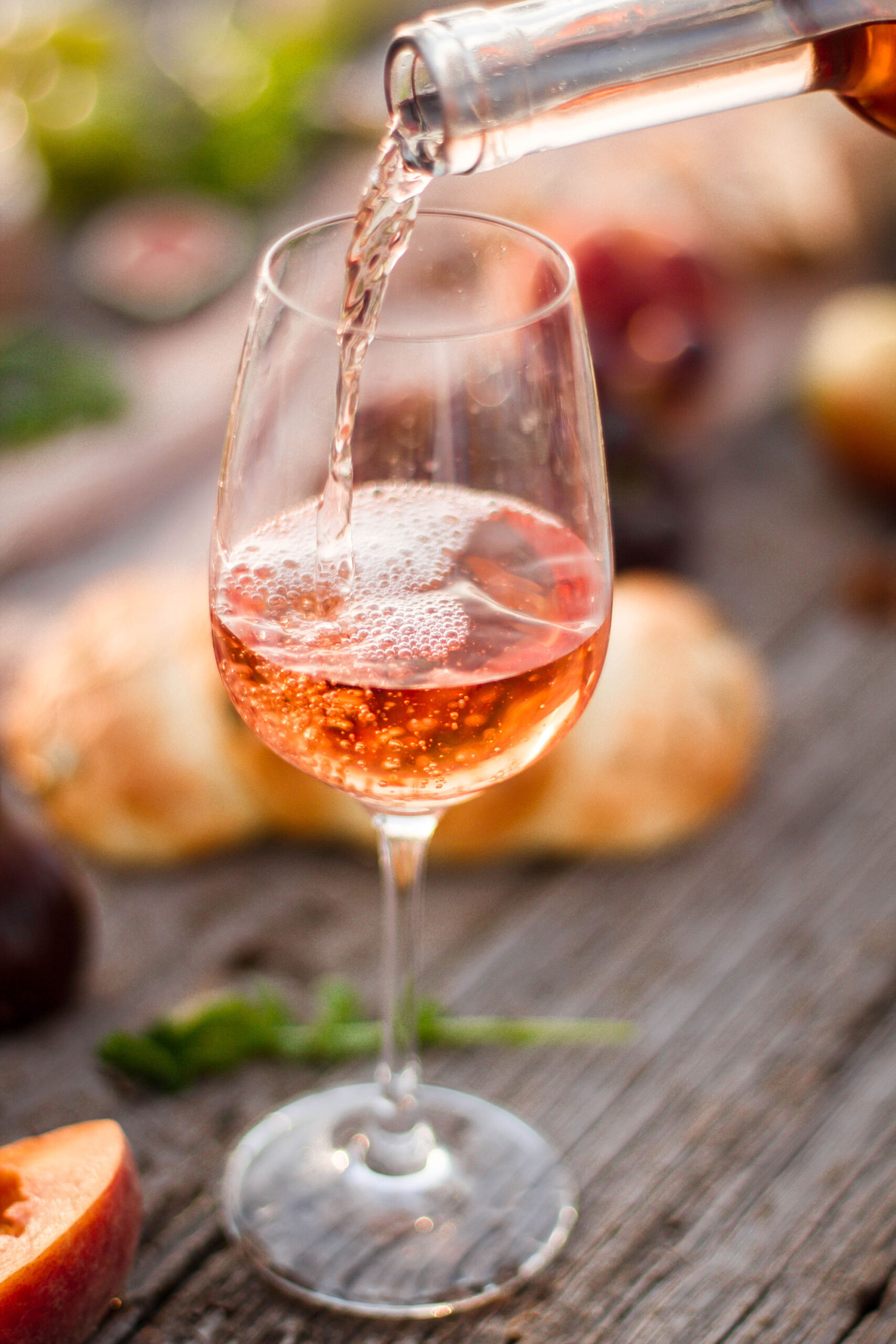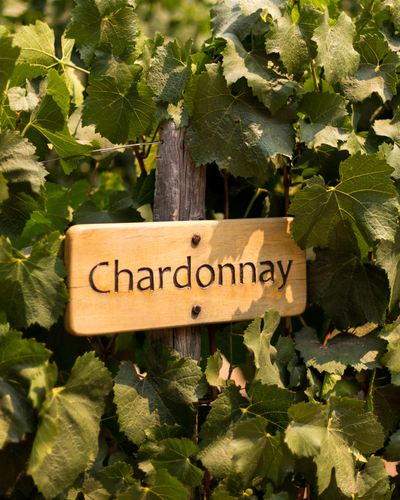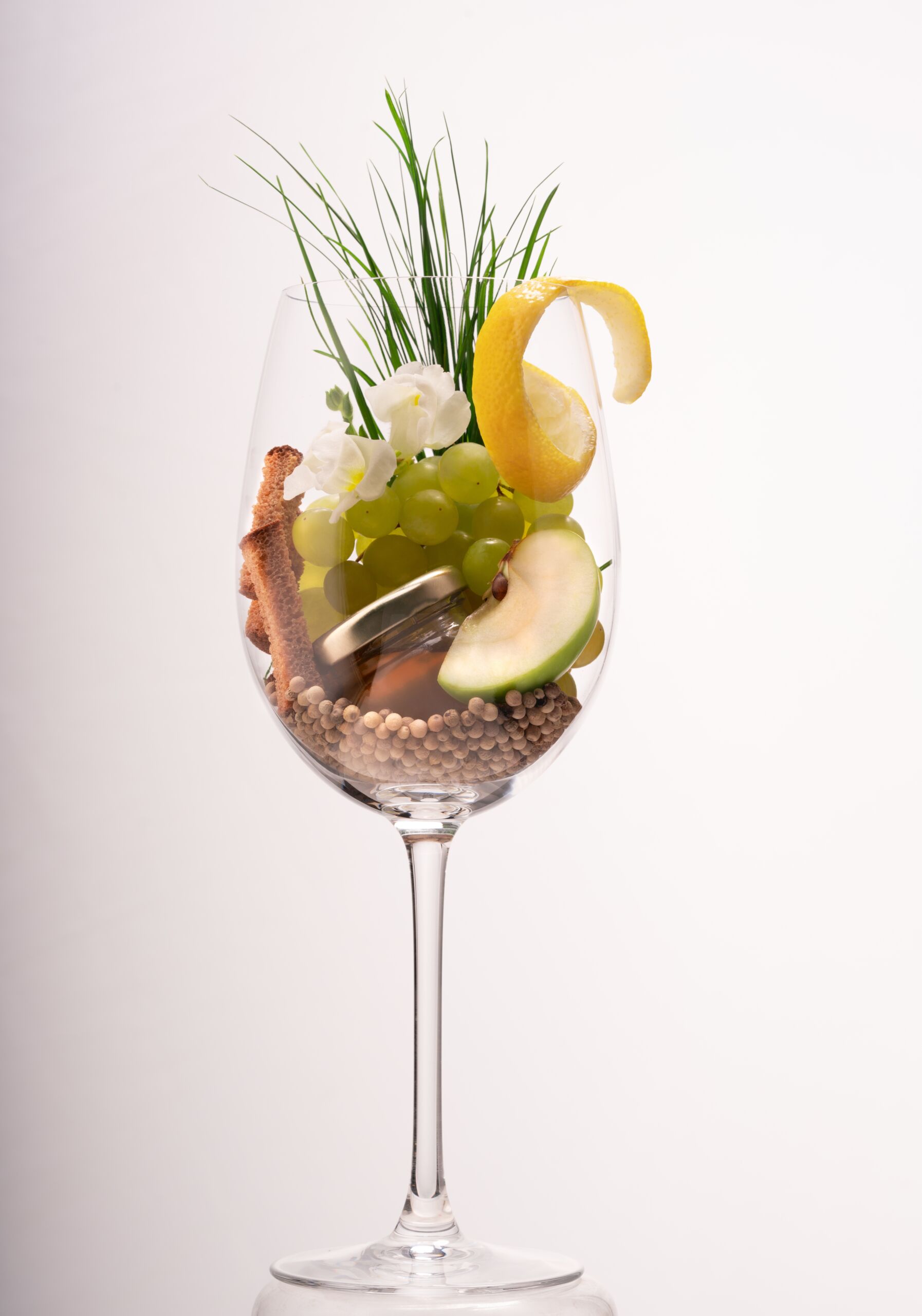The Wine Shed is renowned for its range of Organic, Biodynamic and sustainable wines, so in an occasional series of blogs, I thought I would examine what makes a wine Organic, Biodynamic or sustainable. What do the terms mean when applied to wine? Let’s look at Organic first.
Organic Wines
First of all, a wine producer cannot just label his or her wine ‘organic’ – it has to have been certified as such. To achieve organic status in any country is an achievement because it takes a minimum of three years, sometimes much longer, of adhering to strict methods and rigorous procedures set down by the particular certifying body. Thereafter there are regular inspections by the certifying body. In addition, there is an annual fee that has to be paid to the awarding body to be able to maintain certification.
So what sort of methods and procedures are we talking about? Organic Farming Europe, for example, has an ‘essential’ list as follows: climate and environment protection; conservation of soil fertility; preservation of biodiversity; respect of natural cycles and animal welfare; absence of the use of chemical and synthetic products; absence of GMO; transparent labelling for consumers.
It’s not a particularly long list but picking out just two items – the absence of the use of chemical and synthetic products, and conservation of soil fertility – and thinking about the implications of grape growing and wine production without the recourse to such products, and how to maintain the fertility of the soil using natural means, and you begin to see the enormous change of practical methodology and mindset, that is required.
Let’s take an example to illustrate our first item, absence of the use of chemical and synthetic products: if the vineyard has an infestation of pests, of the 300 or so pesticides permitted under EU law, just 20 are permitted under organic standards, all of which derive from natural ingredients.
The main pillar of organic viticulture lies in our second item, the conservation of soil fertility. Soil is a living medium, containing millions of insects and microbes, all of which break down organic matter. Their activity results in humus, which contains the basic natural nutrients which plants need in order to grow. Humus also adds structure to the soil, helping to retain just enough moisture and allowing for the free flow of air. But where does this organic matter come from? The most basic and widespread source is animal manure, pure and simple. This is why many wine growers now allow sheep or goats to roam through the vineyards before the buds break on the vines. The animals not only fertilise the soil, but they also graze the understory at the same time, negating the need for herbicides.
By adhering to such tenets, the result is a thriving, healthy, ecologically balanced vineyard that is producing equally meritorious grapes.
As far as Europe is concerned, a regulation introduced in 2012 takes the idea of organic wine one step further, to include not only the husbandry of the vineyard but also the wine-making process as well. Now 100% of all ingredients which can be categorised as organic must be certified as such: grapes, sugar, fining materials, such as egg white and so on. In addition, there are restrictions on particular procedures, such as de-alcoholisation and filtration, as well as what additives are allowed, and in particular the level of permitted SO2 (Sulphur dioxide).
Other countries have their own certifying bodies with their own, similar, regulations and the label on the bottle will contain confirmation that the wine is indeed, organic. For example, organic wines from the USA will be endorsed as USDA-Certified Organic.
All of this means that if a wine is certified organic, you know that it has met stringent rules covering all aspects of growing and making, from the soil in which the vines are grown, to what the wine-maker is permitted to do.
Look out for the next blog post in this series – Biodynamic wines.
By Maureen Little






